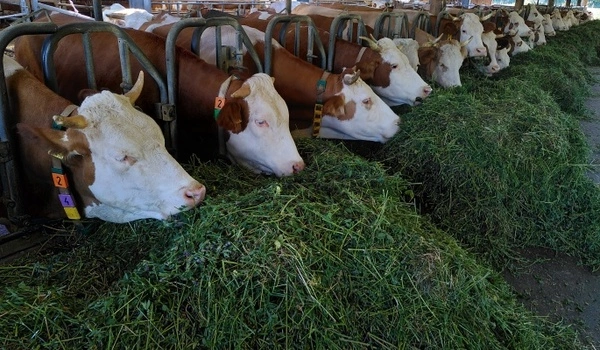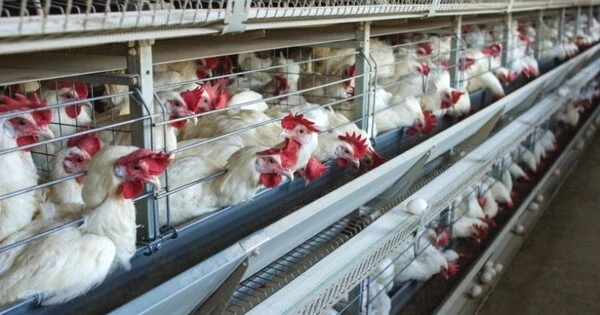In response to rising demand, animal food production has accelerated over the last century. Every year, approximately 70 billion animals are raised as domestic animals around the world, with over 6 million animals killed for food and approximately 56 billion mammals and birds slaughtered.
A new study examines the global expansion of livestock farming, the threat to biodiversity, and the health risks to both humans and domesticated animals. The expansion of global livestock farming endangers our biodiversity and raises health risks for both humans and domesticated animals.
The patterns that link them are at the heart of a study published in Biological Conservation by a scientist from the Institute of Evolution Sciences of Montpellier (ISEM — CNRS/Université de Montpellier/IRD/EPHE) and the French Agricultural Research Centre for International Development’s (CIRAD) ASTRE laboratory.
The study raises the issue of farmed animals’ place in the world and their increase, which varies depending on factors such as human demographics and diet. To reduce health risks and protect biodiversity, we must consider the cultural value of animals and consider the roles of both wild and domesticated species.
According to research, there has been a global increase in the emergence of infectious diseases and epidemics, an acceleration of biodiversity loss, and a significant increase in the breeding of domesticated animals. The COVID-19 outbreak brought this issue to the forefront, and a new study in parasite ecology is providing some preliminary answers to the ongoing question of whether these events are linked. Its goal was to track global patterns of biodiversity and infectious diseases over time and space.
To achieve this, the researcher cross-referenced various open databases1 on human and animal health, livestock expansion, and biodiversity loss. An initial analysis showed that the number of epidemics identified in humans in each country increased in correlation with local biodiversity loss (16,994 epidemics caused by 254 infectious diseases between 1960-2019). The emergence of epidemics is a worrying sign for the future of species conservation as it could well signal biodiversity’s march towards extinction.

The relation between the number of endangered species and the number of epidemics first increases, then peaks, before finally declining. However, the risk of an epidemic does not decrease with the disappearance of a species, but on the contrary, is further relayed by the growing number of head of cattle. Data from 2006-2019 confirms this second result placing it at the heart of a potential health risk. Livestock expansion worldwide directly affects wildlife as well as the incidence of epidemics in humans and in domesticated animals.
The study raises the issue of farmed animals’ place in the world and their increase, which varies depending on factors such as human demographics and diet. To reduce health risks and protect biodiversity, we must consider the cultural value of animals and consider the roles of both wild and domesticated species.
Future research will look at the role of livestock in pandemics by examining, on the one hand, the cultivation of vegetable protein for feed, which contributes to less space for wild animals, and, on the other hand, the role of livestock as an epidemiological bridge between wildlife and humans, facilitating pathogen transmission.















